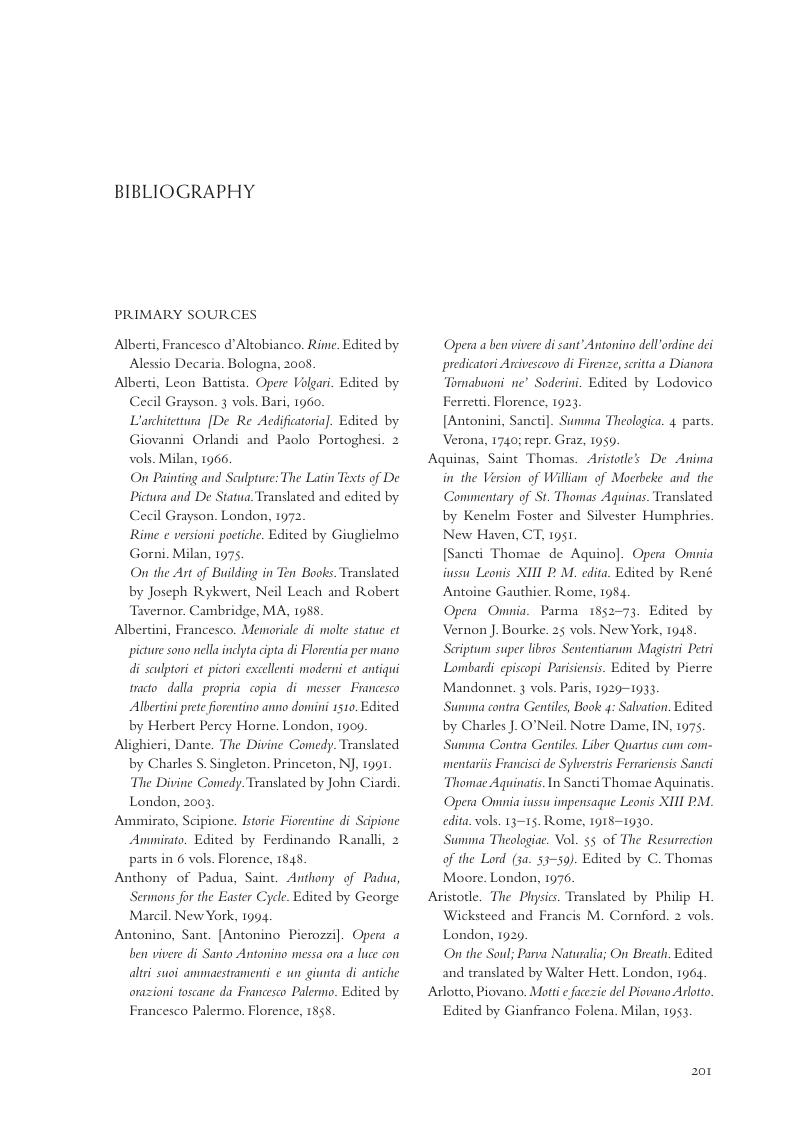 Practice and Theory in the Italian Renaissance Workshop
Practice and Theory in the Italian Renaissance Workshop Book contents
- Practice and Theory in the Italian Renaissance Workshop
- Practice and Theory in the Italian Renaissance Workshop
- Copyright page
- Dedication
- Contents
- Acknowledgments
- Introduction Verrocchio Experimentalist
- 1 Verrocchio's Ingenuity
- 2 Verrocchio's Medici Tomb: Art as Treatise
- 3 Bridging Dimensions: Verrocchio's Christ and Saint Thomas as Absent Presence
- 4 The Sculptured Imagination
- 5 Material Meditations in Verrocchio's Bargello Crucifix
- Conclusion
- A Note on Archival Sources
- Bibliography
- Notes
- Index
- References
Bibliography
Published online by Cambridge University Press: 06 July 2019
- Practice and Theory in the Italian Renaissance Workshop
- Practice and Theory in the Italian Renaissance Workshop
- Copyright page
- Dedication
- Contents
- Acknowledgments
- Introduction Verrocchio Experimentalist
- 1 Verrocchio's Ingenuity
- 2 Verrocchio's Medici Tomb: Art as Treatise
- 3 Bridging Dimensions: Verrocchio's Christ and Saint Thomas as Absent Presence
- 4 The Sculptured Imagination
- 5 Material Meditations in Verrocchio's Bargello Crucifix
- Conclusion
- A Note on Archival Sources
- Bibliography
- Notes
- Index
- References
Summary

- Type
- Chapter
- Information
- Practice and Theory in the Italian Renaissance WorkshopVerrocchio and the Epistemology of Making Art, pp. 201 - 244Publisher: Cambridge University PressPrint publication year: 2019


